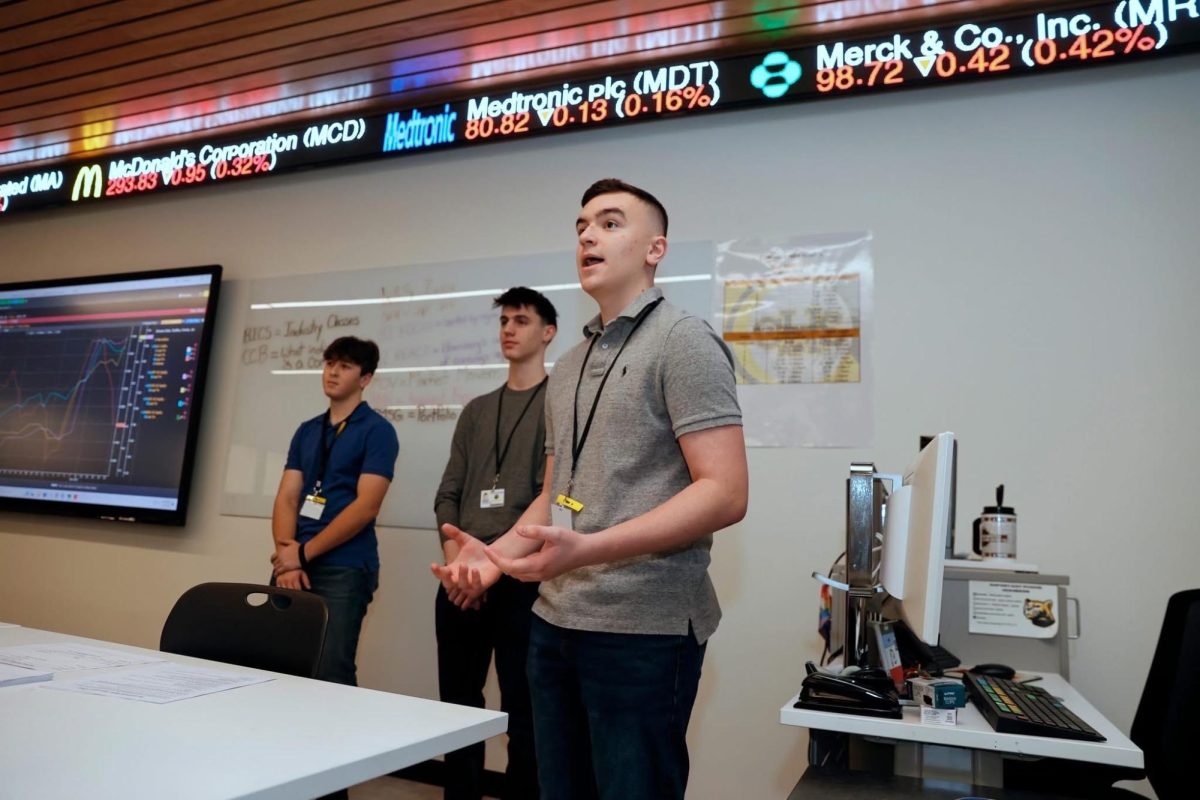Last school year, 2023 to 2024, the New York State Education Department implemented new changes for the math Regents, allowing students to understand the reasoning behind why certain steps and methods are utilized.
The “Next Generation Learning Standards” rolled out last year with a focus on having students understand the reasoning behind the work they do. This allows students to further understand the material they are learning, helping them to apply this knowledge in a test taking environment, or in real life situations.
The New Generation Learning Standards were able to fill in many of the gaps that the Common Core Standards left behind. It allowed the topics that were being taught to students to be more appropriate for the grade and level of mathematics that they were in.
Many new methods of teaching were also introduced to engage students with the content. This allows students to work collaboratively to solve questions, and it gives both teachers and students a guide to what level of understanding they are at.
“[The standards are] more focused on conceptual understanding, so it’s not just how to do something, it’s the why, you know, it’s not just here’s a formula plug in, it’s how was that formula created, and why do we use it,” said Director of Mathematics, Dr. Joanne Fennessey.
The first new Regents taken by students was Algebra II and it had the most changes to it. For the Regents itself, 2 questions were removed from the part 2 section in the test, and a new formula sheet was provided for students that included many of the formulas taught in the class.
In the curriculum, many topics were removed, such as odd functions and rational or cubic functions, and they were then moved to the Geometry and Algebra II curriculums. The only topic added into Algebra I was radical operations.
The Algebra I curriculum was downsized, allowing students to do better in the course as most of the topics are easier to understand than the topics that were previously included. Moving certain topics to future math classes also allows students to learn a specific topic in Algebra I, and then build upon it as they advance in mathematics.
“I felt [the Algebra I Regents] was pretty easy, in my opinion. First there were a few questions that might have been a little complicated, but other than that it was pretty easy,” said Risha S.
After the Algebra 1 Regents, the Geometry regents will be the next to undergo these changes. The first updated test and curriculum will be administered this year. Many topics originally covered in Algebra I were added to the Geometry curriculum, such as vertical stretches and similar triangles. No topics were removed from the course, unlike in Algebra I. The formula sheet also underwent a change, similar to Algebra 1, and many formulas were removed, with just the main formulas for areas of various shapes being kept.
The Geometry course is a much more visual and spatial course for students, when compared to other offered math courses. This may pose a challenge for some students, but many teachers are optimistic and many students feel confident about their work in the class.
Students taking the Geometry regents this year can benefit from some tips.
“Know your formulas properly, know the procedures for certain things, like writing the equation of a perpendicular bisector… but also just being that detective, reasoning out questions that don’t seem straightforward, underlining those keywords to help you in solving the problem and always going back and looking to see what you need to solve for…,” said math teacher Lynn Van Schaick.
The last high school mathematics Regents that will take on the Next Generation Standards is Algebra II. The new Algebra II regents will be administered for the first time in June 2026, with the official curriculum guide being open to the public in the spring of 2025. Algebra II will cover the rest of the topics removed from Algebra I on top of existing topics. Similarly to the other two Regents, it will also receive a new formula sheet for the test. The first recipients of the new test will be 10th grade students in the class of 2028, and 11th grade students in the class of 2027.◼️








